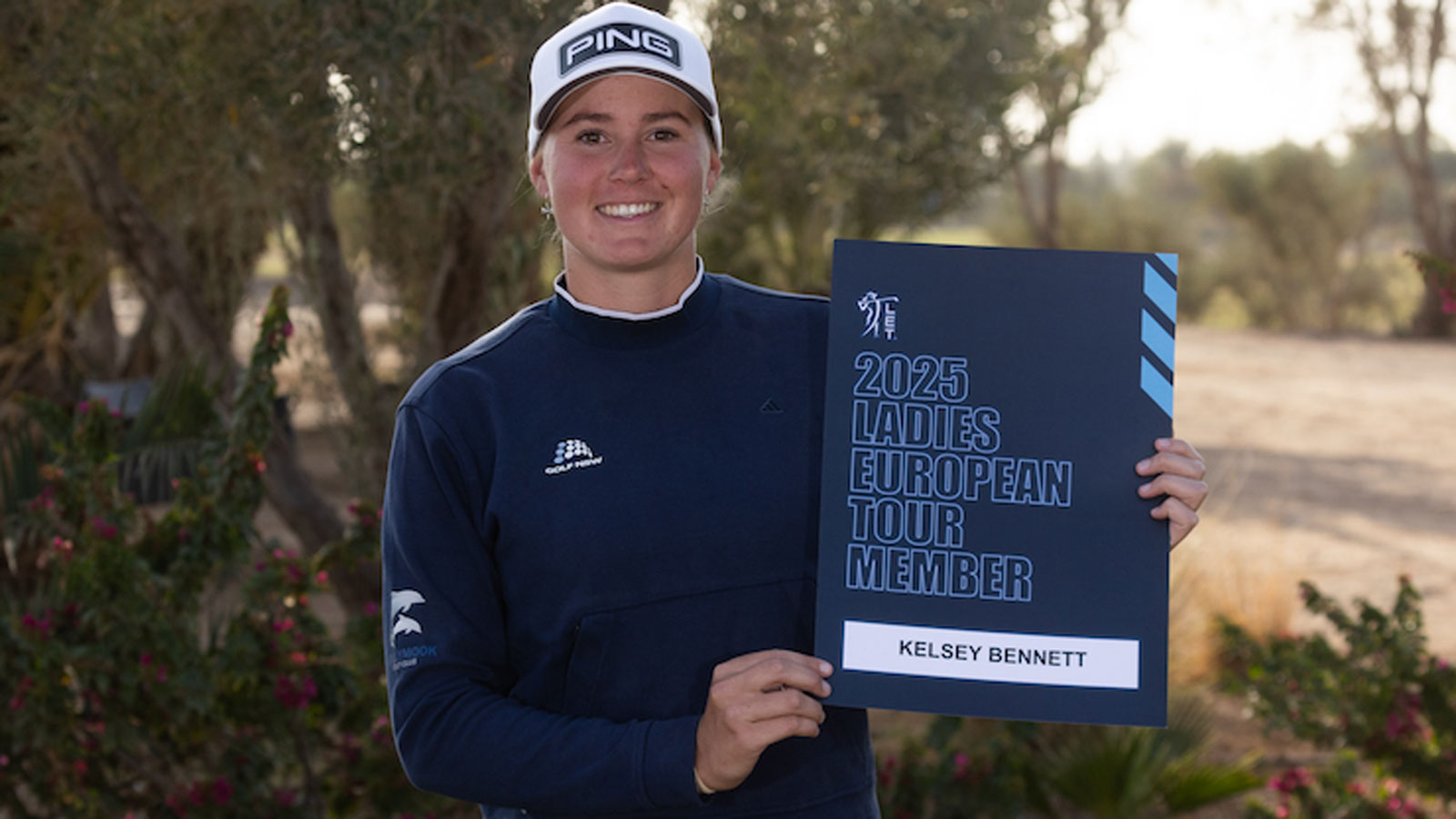Busy bees bring a hive of activity to Adelaide’s West Beach Parks – Australian Golf Digest

- by Admin
- May 27, 2024

Above: Beekeeper Jorg Pangerl with West Beach Park golfers. [Photo: West Beach Parks Golf]
West Beach Parks Golf in Adelaide has installed six beehives on its Patawalonga course in among recently revegetated native trees, bushes and grasses.
Part of existing sustainability plans, West Beach Parks chief executive Kate Anderson and her team are in the process of returning native flora to the course, and the introduction of about 50,000 European honeybees has further bolstered the course’s sustainability efforts.
Australia’s beautiful expansive spaces ensure that native flora and fauna are a highlight of many golf courses across the country, the local golf club often the first port of call if one is desperate to spot a kangaroo at short notice, however poor planning and biodiversity neglect can lead to clubs not taking full advantage of the environment their courses sit on.
The tiny new residents at West Beach Parks have been welcomed with open arms, and Anderson says it was a natural next step in their biodiversity works, after taking out non-native flora and replacing them with Australian trees and other coastal species native to the area.
“The six beehives are safely situated away from the short grass of the greens to ensure our busy bees are foraging and pollinating the 7,000 native plants added to the golf course as part of our ongoing Environmental Sustainability Plan to protect and enhance local biodiversity,” Anderson said.
Directors of Adelaide Bee Sanctuary, and expert beekeepers, Jorg and Sabine Pangerl have been tasked with settling the bees in and making sure they thrive in their new environment.
Believed to be the first beehives on a golf course in South Australia, Jorg says a golf course can be the perfect environment for bees.
“Golf courses, designed with natural habitats and conservation areas that include native plants attractive to bees, can serve as valuable habitats for these pollinators, contributing to their conservation and supporting biodiversity,” he said.
“While golfers frequent the courses, large areas of a golf course can remain relatively undisturbed, providing a peaceful environment for bees to forage.”
And as for the honey, Anderson says the first harvest was in April and is expected to arrive from the beekeepers soon. Those first jars will be shared by the hard-working West Beach Parks Golf staff.
The Latest News
-
December 23, 2024‘Puts golf on the map here’: Ryan Fox praises Rory McIlroy visiting New Zealand’s Tara Iti, Te Arai – Australian Golf Digest
-
December 23, 2024Freedom Boat Club Announces its 10th Australian Location with its Newest Location Offering Direct Access to the Iconic Brisbane River – Marine Business News
-
December 23, 2024Highfield and Australian Sailing team up in RIB support – Marine Business News
-
December 23, 2024‘I felt horrible’: How Brett Lee went from an ill-fated threat to Test stardom in four balls
-
December 23, 2024QuickWin Casino: Your Fast-Track to Winning in Australia – Fantasy Football 247 – Premier League Tips





